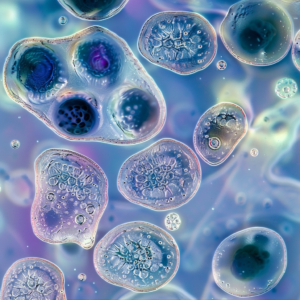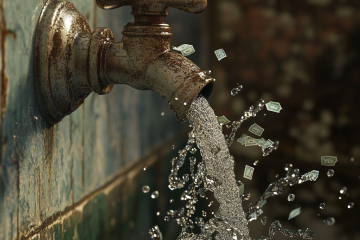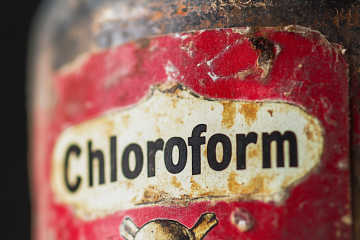
Water Filtration Preparedness
Choosing the best water filtration system can feel like navigating a jungle of marketing claims and technical jargon. But don’t worry, I’ve got your back! Let’s cut through the noise and get to the heart of the matter with a bit of humor and practical advice.
First off, beware of those seemingly impressive percentages manufacturers love to throw around. You’ll see claims like “99.9%” or even “99.9999%” removal of contaminants. At first glance, you might think one company just has a more enthusiastic copywriter. But there’s actually a standard behind these numbers, known as “logs” or “nines,” established by the NSF (National Sanitation Foundation). Who knew math could be so crucial in keeping your water clean?
What if someone said those brownies are 100% pure except for that one cockroach that got in. Wouldn’t make those brownies quite so appealing would it?
How about we take it one step further to make it more closely associated with water filtration.
Imagine you’re at a party, and the host tells you that 99.9% of the guests are friendly. Sounds good, right? But what if there are 1,000 guests? That means there could be one not-so-friendly person lurking around. Now, if the host assured you that 99.9999% of the guests are friendly, that means out of a million guests, only one might be unfriendly. Quite the difference, isn’t it? You wouldn’t want to hang out with that one person, just like you wouldn’t want that one bacterium in your water.
When looking at water filters, pay close attention to the words and symbols before these percentages. Phrases like “up to” or “virtually” can be misleading. As my trusted expert Dennis Brown from Aquamira says, these terms often mean “almost” or “not quite.” If you see these, it’s time to run – fast! Imagine a sign at a swimming pool that says, “Virtually no sharks.” Almost comforting, right?
Also, remember the importance of symbols like “>” and “<“. They indicate “greater than” and “less than,” respectively. If a manufacturer claims their filter removes “less than 99.99%” of bacteria, it’s not as effective as one that removes “greater than 99.99%.” Think of it like this: would you rather have

Remember, 6 logs for protozoan cysts
“greater than” dessert or “less than” dessert? Exactly.
Now, let’s talk about practicality. Look for filters that meet or exceed the NSF standards for removing specific contaminants: six logs (99.9999%) for
bacteria, four logs (99.99%) for viruses, and three logs (99.9%) for protozoan cysts. Anything less, and you might as well be using a colander! Imagine trying to make coffee with a spaghetti strainer. Not ideal, right?
And don’t be fooled by claims of 100% removal. It’s scientifically impossible to achieve such perfection. If a company says their filter removes 100% of contaminants, it’s time to get skeptical. It’s like those “miracle” diet pills that promise you’ll lose 20 pounds overnight while eating pizza. Tempting, but unlikely.

You wouldn’t want to eat at a restaurant that touted “Virtually Clean” would you?
Bottom line, you want to choose a water filtration system that meets high NSF standards, beware of misleading phrases, and don’t fall for the 100% perfection trap. With these tips, I’ll be able to sleep better at night knowing you’ll be well on your way to finding a filter that truly protects you and your family. So, grab your machete, and let’s conquer this filtration jungle together! And remember, a well-informed consumer is as rare and valuable as a six-log filter.


